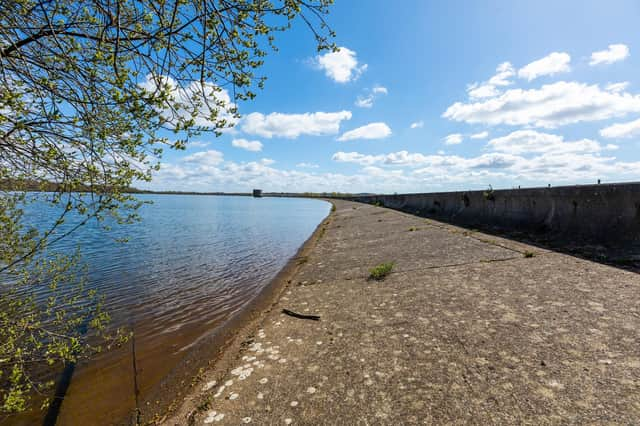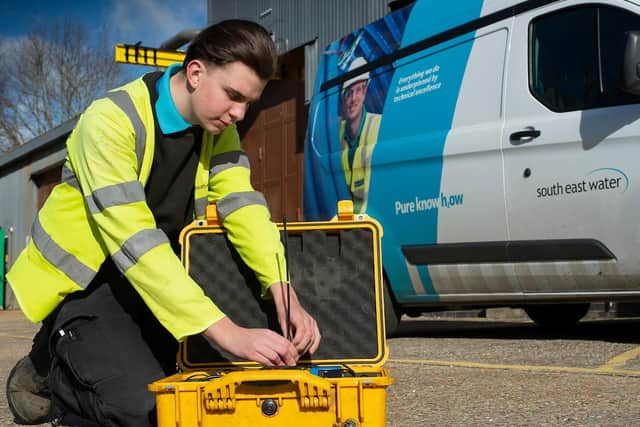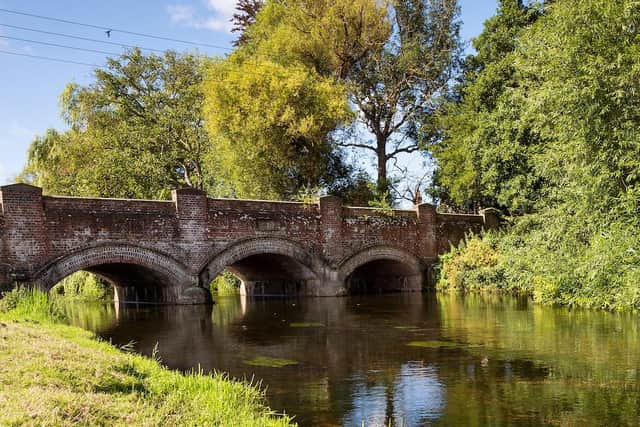Where does water come from, how does it reach our taps and why save it? South East Water explains all


All water we use from the tap originally comes from the environment, from more sources than you probably realise.
Let’s start with reservoirs. Most people know reservoirs are a source of water, and when they’re full you may think that’s OK, right? Not quite. They’re not the only source of water.
In fact, reservoirs only make up about eight per cent of where South East Water gets its water from.
The rest comes from underground water sources: aquifers, boreholes, and chalk streams. Let’s come on to those in a moment.
But these sources, which are called “raw water” are only half the water production story. Can you guess the other half?
Well, it’s already been mentioned: The water we use, or more importantly how much of it we use.
Precious sources of water need to be protected


It’s not just people who need these water sources. Trees, plants, crops, wildlife, livestock, fish, birds, and insects – indeed all flora and fauna – depend on the same water to survive and thrive.
The more water that we take, the less there is to go around for everything else.
Producing more is not that simple, because these precious sources of water need to be protected, and building infrastructure takes a long time.
The best way is to be mindful of water use, and there are lots of small ways to save water in the home and garden, such as shorter showers. Here’s some other tips


What exactly are aquifers, boreholes, and chalk streams?
Aquifers: An aquifer is an underground body of rock or sediment that holds water.
Boreholes: The water from aquifers can be extracted from the ground through boreholes by pumps, like a giant straw that enters aquifers and sucks the water out.
Chalk streams: There are only around 200 chalk streams in the world, most of which are in the southern half of England (with a few in France). This makes them even more special.
They are rivers that rise from springs and have chalk bedrock.
As the chalk is spongy, rainwater easily moves through the ground and to the chalk streams.
How does water reach our taps?
Once the raw water is collected, South East Water put it through a rigorous and highly regulated cleaning process.
Nine treatment procedures make the water clean and safe enough to drink.
Once treated, the water is moved to storage reservoirs around the network and pushed out through the 9,000 miles of pipes that connect to customers’ properties.
Usually, it takes around two hours to treat and store water so that it’s ready to be used.
When the demand for water is high, the amount of treated water stored in the storage reservoirs drops.
This is replaced. However, in times of extreme demand, if more water is used than which we can replenish, some customers can experience low pressure or no water.
Why making the most of every drop matters
Simple swaps and shifts in mindset, such as using a watering can and showering for one less minute, can save you more water and money than you might think!
To do its bit in saving water, South East Water spends £40m a year managing and reducing leaks and in its supply region has 52 leak repair teams and 60 leak detection experts using innovative technologies.
South East Water also continually invests in its infrastructure.
Between 2020 and 2025 it is investing more than £489m to develop new resources, extend and upgrade treatment works and lay new water mains.
It doesn’t stop there either, South East Water has been working on its future plans, and you can find out all about those here.